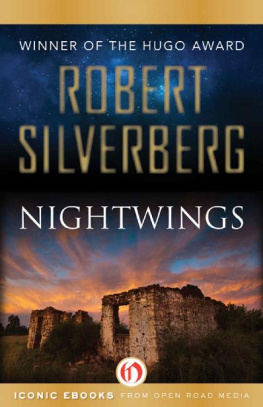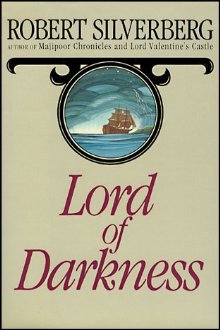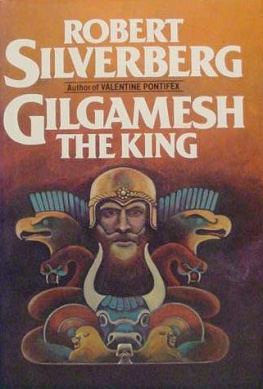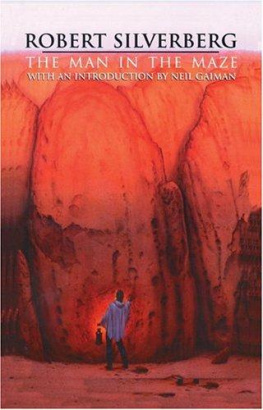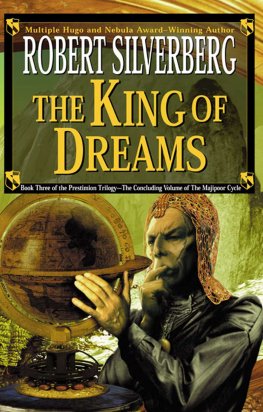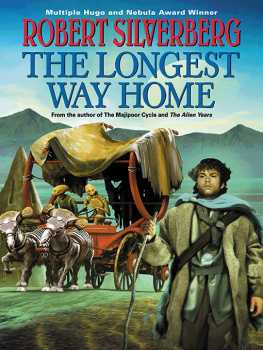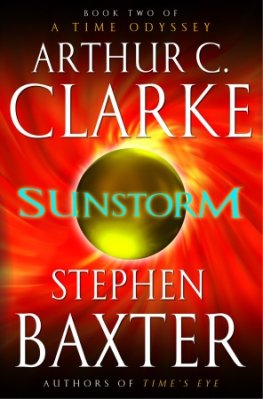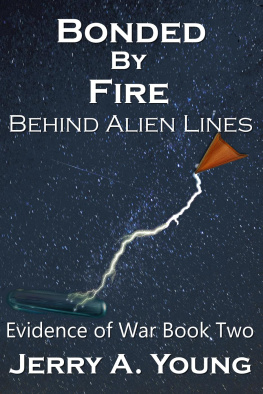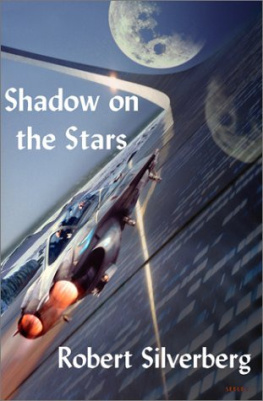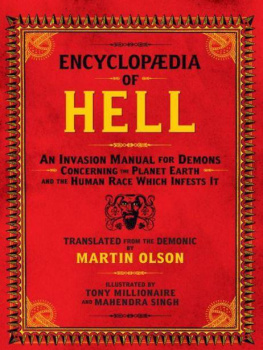
EARLY BIRD BOOKS
FRESH EBOOK DEALS, DELIVERED DAILY
BE THE FIRST TO KNOW
NEW DEALS HATCH EVERY DAY!

PRAISE FOR THE WRITING OF ROBERT SILVERBERG
Nightwings is Robert Silverberg at the top of his form, and when Silverberg is at the top of his form, no one is better. A haunting, evocative look at a crumbling Earth of the far future and a human race struggling to survive amidst the ruins, full of memorable characters and images that will long linger in your memory, this is one of the enduring classics of science fiction. George R. R. Martin
No matter if Silverberg is dealing with material that is practically straight fiction, or going way into the future his is the hand of a master of his craft and imagination. Los Angeles Times
The John Updike of science fiction. The New York Times Book Review
What wonders and adventures he has to tell us. Ursula K. Le Guin
He is a master. Robert Jordan
One of the very best. Publishers Weekly
In the field of science fiction, Silverberg occupies a place in the highest echelon. His work is distinguished by elegance of style, intellectual precision, and far-reaching imagination. Jack Vance
When one contemplates Robert Silverberg it can only be with awe. In terms of excellence he has few peers, if any. Locus
Robert Silverberg is our best Time and time again he has expanded the parameters of science fiction. The Magazine of Fantasy and Science Fiction
Nightwings
Robert Silverberg
For Harlan,
to remind him of open windows,
the currents of the Delaware River,
quarters with two heads,
and other pitfalls.
Contents
INTRODUCTION
The messy, chaotic, and ultimately well-nigh apocalyptic year of 1968the year of the Tet Offensive and other dismal military events in Vietnam, the year Robert F. Kennedy and Martin Luther King Jr. were assassinated, the year when student protesters turned universities all over the world into armed camps, when Soviet troops marched into Prague to snuff out Czech liberty, when the Democratic Partys national convention produced open warfare in the streets of Chicagogave me a private foretaste of the turmoil it was destined to bring nearly everyone when, on a bitterly cold February night, I awakened at half past three in the morning to discover that my house was on fire.
By dawn I knew the worst. The roof was gone; the attic, where I kept a reference library, had been gutted; my third-floor office was partially destroyed; the lower floors of the house had suffered such extensive water damage that the entire structure would have to be rebuilt from within. And so, amidst the worldwide lunacy and nightmarish frenzy of that strange year, I would find myself living in exile from the splendid New York City house for the next nine monthsnine months of exhaustion, depression, improvised quarters, cartons and packing crates, and limited access to the reference materials I needed for my work, to my own files and notes, to everything that was part of an inordinately active literary career. While the rest of the world was exuberantly taking leave of its sanity that year, I was struggling to hang on to mine.
Though the impact of the fire on every aspect of my life had left me drained of energy, my post-fire expenses were inordinate, and I had no choice but to get back to work as soon as I could. The first thing I wrote after the fireI began it about ten days later, and completed it, groggy as I was, in something like five dayswas a 19,000-word novella called Nightwings.
I had no idea that I was beginning a novel then. I was too weary to think about anything that required such a long-term commitment. A quick story for one of the top-level science-fiction magazines would bring me about $500something like $5,000 in modern purchasing powerand that would get me through the basic living expenses of the first few weeks. The story came to me, as so many of mine do, with the title first. Nightwings, I said to myself. What could that possibly refer to? And then a group of images: a winged girl, a sky full of invading alien ships, a blinded prince. Within moments, a story had come together in my mind, by a process I have never dared to try to understand. I knew I would set it in the very far future and try for a certain romantic, incantatory tone. Even the first sentence arrived in that early wonderful rush: Roum is a city built on seven hills.
I wrote it in a wild, dizzy rush and, early in March of 1968, sent it to Frederik Pohl, who was then the editor of Galaxy, the leading science-fiction magazine of that period. Fred bought it immediately. He had once had a house fire of his own and knew precisely what I was going through, and he sent me a check by return mail. I hadnt expected him to reject it; accepting it was the sort of favor that one professional would automatically grant another in a time of crisis. But what he didnt manage to tell me was just how much he actually liked the story. As he explained in some chagrin a couple of months later, I just discovered that I dictated a letter to you on Nightwings when I got it, and it was never typed up. This is a serious oversight, because what I said in the letter was that I thought it was a great story and admired you enormously for having written it.
That was a good thing to hear, because Fred and I had had some pretty heated correspondence in the interim about the two sequels to the original story, and I welcomed the pacifying gesture. But at the time I wrote the original novella, I had no time to worry about whether it was a great story, or even a good one, or whether Fred Pohl really and truly loved it. What mattered was the check for $513 that the story produced, which would pay several weeks rent at my current temporary quarters.
I went on quickly to write some other things that I had promised to other editors. But, the week Freds check arrived, it occurred to me that the Nightwings novella was, in fact, the opening section of a three-part novel that would carry my protagonist deeper and deeper into the strange world I had created, until he, and the entire conquered Earth, attained rebirth and redemption.
So, a couple of days after I had delivered Nightwings the novella, I told Fred Pohlwho tended to like series stories anywaythat I was going to write two sequels of about the same length as the first story. Go ahead, he told me, and I went to Avon Books, one of several publishers who were doing my science-fiction novels then, and arranged to have the completed work published by them in book form. As soon as I was free of my other commitments of the moment, I set about writing the second novella, which I called Among the Rememberers.
It was completed by mid-April, while in the outside world the Martin Luther King assassination was taking place and wild riots in the black neighborhoods of many American cities would follow. I sent the second installment to Fred and, of course, he bought it, because as an editor he was committed to publishing the whole series, and because as my friend he wanted to help me financially in this difficult time.
The only problem was that he didnt much like it.
The middle story of any series, be it three novellas or three huge segments of a trilogy of novels, always presents certain difficulties. By its very nature it is a transitional entity, extending the narrative content of the first part by introducing new material that is resolved internally by the time the story ends, but not bringing the overall plot to a resolution, because that must be saved for the final installment. Fred understood this point as well as I did; but he was editing a magazine, and everything he published that was not billed as a serial novel needed to seem reasonably complete in itself, and he did not feel that Among the Rememberers achieved that goalnor, he said, did it add as much new plot material as he had been expecting. He said it pretty roughly. As old friends sometimes do, we sometimes spoke pretty bluntly to each other.
Next page
